When the major multiple retailers found themselves inundated with delivery requests during lockdown, it created an opportunity for the independent sector. The supermarkets were unable to keep up with demand for slots and customers were forced to look elsewhere for food deliveries.
Enter the convenience channel.
The size of operations meant retailers could be more agile and take on deliveries in a way that served their communities. While some retailers have been offering a home delivery service for years, it was new territory for others, and everyone had to find their own way in terms of processes and scale. And while lockdown has eased and delivery slots have opened up, there’s still an appetite to use a delivery service offered by a convenience store.
Research from Lumina Intelligence revealed that seven out of 10 consumers plan on using convenience store delivery services more in the future, with just 6% planning on using them less. New customers are also moving towards the service as well, with 46% of current non-users saying they will start doing so in the future.
“Awareness remains low, with over half of consumers unaware that convenience store delivery exists.”
In the On Demand Convenience Market Report 2020, awareness was raised as a key issue. It reports that 54% of consumers have never heard of delivery from a convenience store through an app and 59% have never heard of delivery directly from a convenience store.
Head of insight at Lumina Intelligence Blonnie Walsh said: “On demand convenience opens up a great opportunity for retailers to capitalise on the recent surge in demand for online grocery delivery services – a trend that is forecast to continue once lockdown ends. However, despite high demand for these services, awareness remains low, with over half of consumers unaware that convenience store delivery exists.”
Retailers have tried different ways of promoting their delivery service, from more traditional leaflets to social media, and handled the delivery service themselves. Some have partnered up with apps such as Deliveroo or Snappy Shopper which promotes businesses to users and also handles the deliveries.
Cost perception
Other potential stumbling blocks for retailers looking to introduce the service highlighted in the report include product cost, delivery fees and customers wanting to walk to store.
“In order to maximise footfall and awareness, promotion of the service needs to focus on the key benefits that distinguish it from other forms of grocery delivery i.e. fast delivery and smaller minimum spend,” adds Walsh. “However, as well as driving awareness, it is critical that retailers get the balance of their offering right. There are clear thresholds when it comes to product cost and delivery time/fee that, if not implemented correctly, will deter consumers from using the service.”
This advice is particularly relevant as the report found that consumers expect to pay a 33% premium when using convenience delivery vs supermarket in-store. Walsh advises having exclusive promotions to the delivery channel to help boost price perception and that retailers could also implement a loyalty system whereby consumers can unlock discounts the more they use the service.
And for the retailers that offer premium meal deals, 27% of respondents said that convenience store deliveries would replace takeaway delivery at least sometimes. There is opportunity for higher price point items such as premium bake-at-home pizza which can replicate the experience of foodservice delivery.















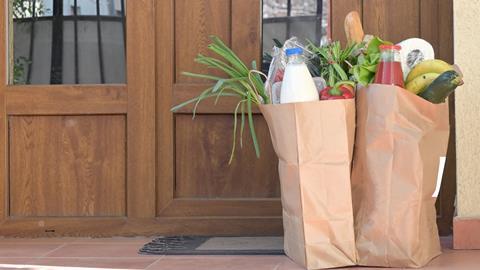

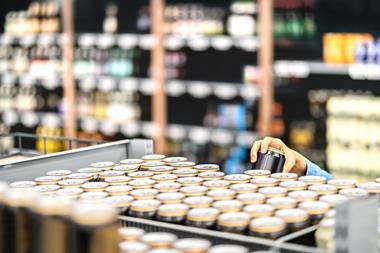




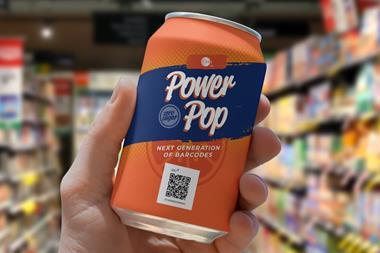
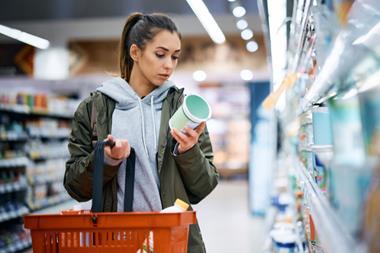
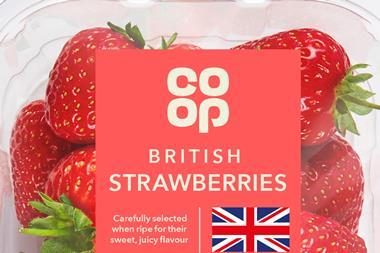
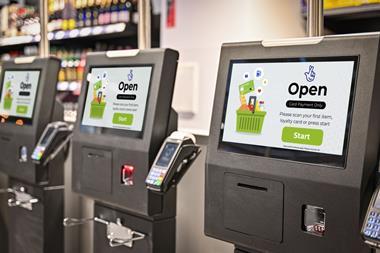

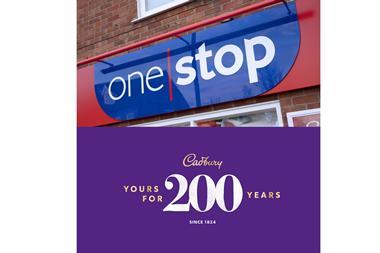
No comments yet